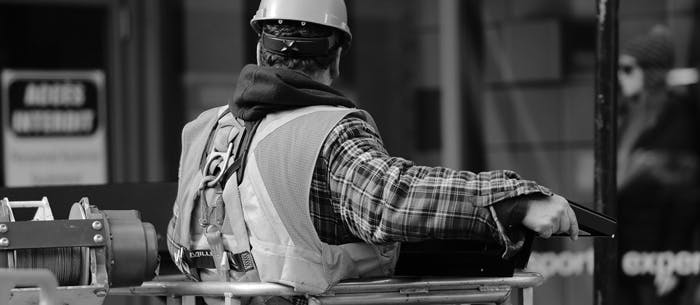CABLE TESTING SERVICES
Testing your cable systems is crucial because it allows you to identify potential issues before they develop into significant problems that interrupt your productivity. Malfunctioning cable systems increase maintenance costs. If errors go undetected for too long, the power system might fail.
Power is vital to your operation, and proper electrical cable testing services prevent delays resulting from system errors or malfunctions. Catching issues early saves you money and time, allowing you to continue your business uninterrupted. Cable testing companies like Power Products & Solutions send technicians to your workplace to conduct screenings for you.
Types of Cable Testing Services Offered
Power Products & Solutions offers the following types of cable testing services:
DC Insulation Resistance Test
Cable insulation ensures proper safety and usage. Insulation is made of non-conductive material that resists electric currents to protect people who come into contact with the cable. Performing a DC insulation resistance test measures the amount of resistance the cable has between two points. By initializing this test, technicians can discover weaknesses in the cable insulation. Then, they can fix these problems before they develop into more significant obstacles.
Very Low Frequency (VLF) Cable Testing
VLF cable testing uses a very low frequency test (usually between 0.1 – 1.0 Hz) to help identify weak areas in the cable insulation. VLF testing is the better option than traditional hi-pot testing as it is considered “non-destructive” due the very low input frequency level.
Power and Dissipation Factor Tan Delta Cable Testing
Tan Delta cable testing is used to help indicate the quality of the dielectric insulation used in cables by detecting electrical trees, water trees and water degradation. This is the best form of testing for accurately predicting the life span of the cable and should be used as both acceptance and maintenance testing at appropriate frequency intervals.
Partial Discharge Cable Testing
Partial discharge is a very fast, small electrical spark that does not completely collapse the applied voltage. This method of testing can be used for acceptance and maintenance testing. The areas of discharge can help find flaws including cable insulation breaks/degradation, negligent craftsmanship during installation and failed/failing components. Continuous discharge without detection can cause cables/components to fail before recommended life span.

